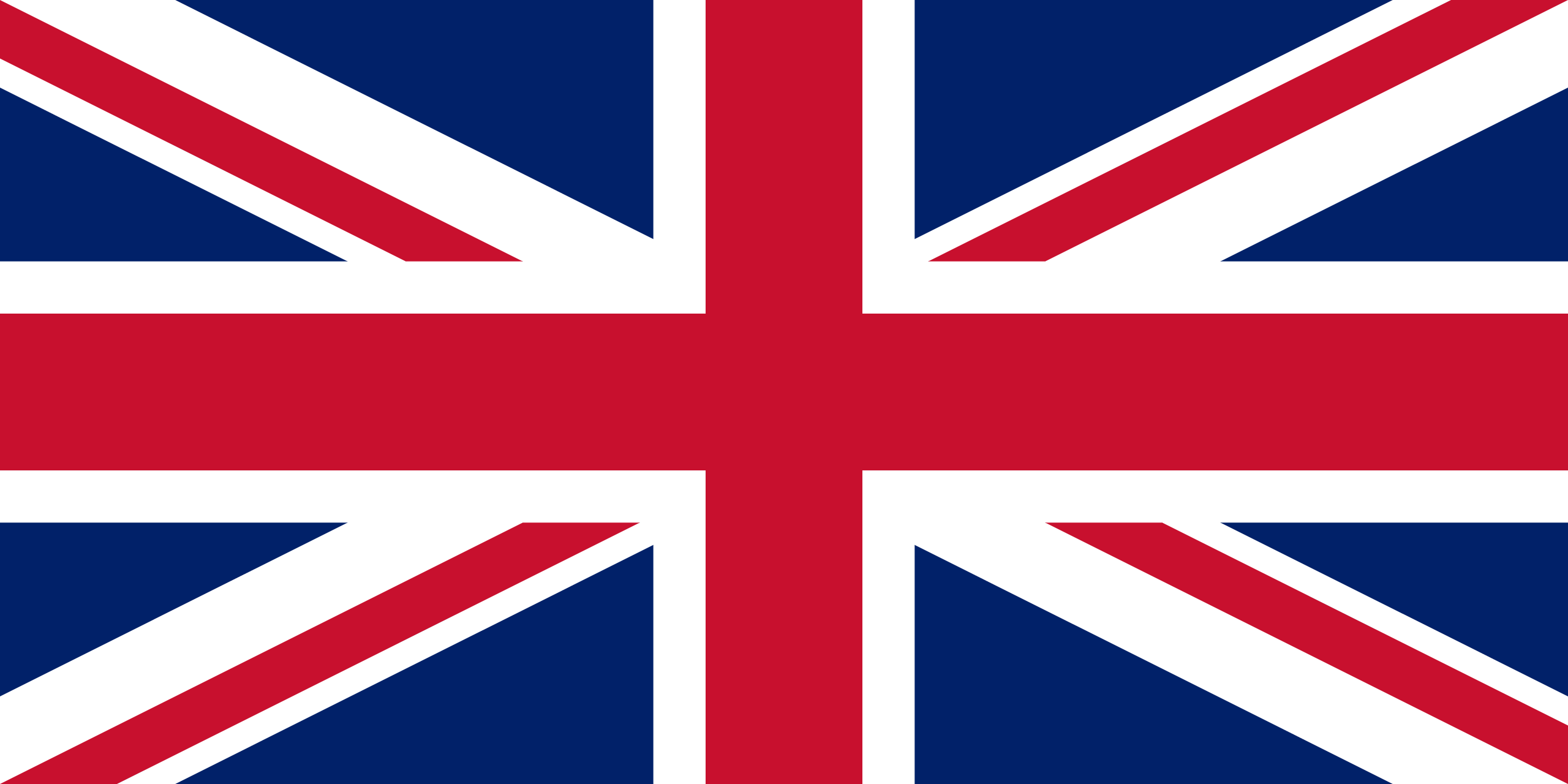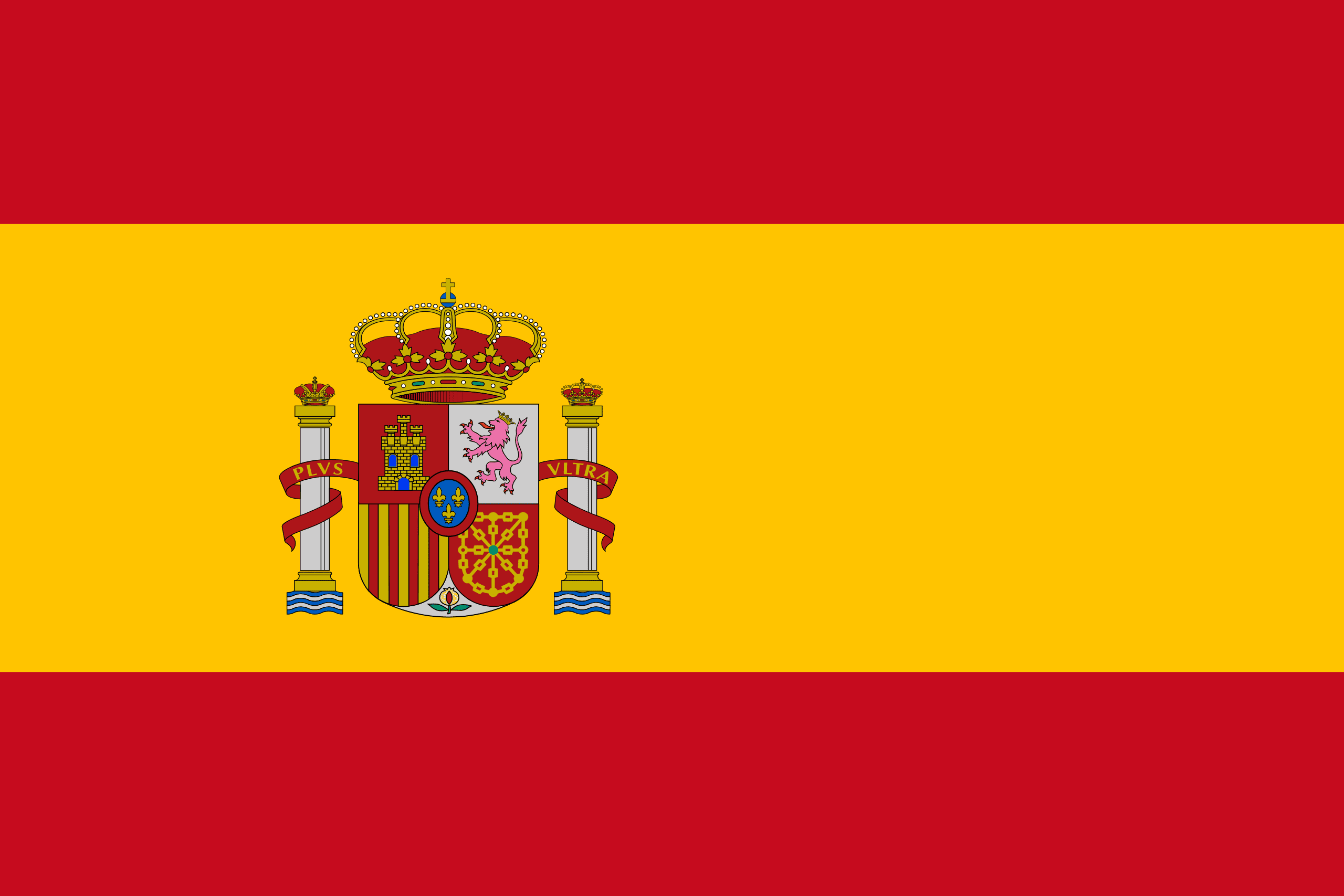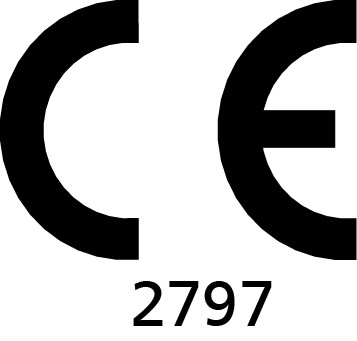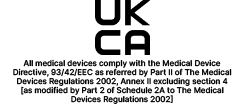Sharps Injury Prevention Within UK And Europe
17 Dec 2015
A UK wide strategy on sharps injury prevention is published by the NHS Employers in the online edition of its Blue Book on occupational health. Chapter 19 is dedicated to needlestick management amongst UK healthcare workers.
Recent figures published by the Health Protection Agency (HPA) have revealed that the incidence of exposures to blood borne viruses is still unacceptably high. The latest report 'Eye of a Needle' shows that nine healthcare workers were infected with hepatitis C through need stick injuries over the last six years. This includes one NHS dentist and seven incidents were reported between July 2003 and June 2004. At least four UK healthcare workers are known to have died following occupationally acquired HIV infection.
Findings of a Needlestick Injury (NSI) surveillance project in 14 NHS hospitals in the UK, initiated by the Royal College of Nursing (RCN) revealed a reported injury rate of 17.6 injuries per hundred occupied beds. This implies that when taking into consideration the under reporting of these incidents over 100,000 NSI may occur within the NHS each year. On a positive note the majority of these exposures do not result in infection however one must take into consideration the anxiety suffered by those effected over a 12 month period whilst waiting for subsequent test results.
NSI's impose a substantial and growing cost burden on the UK and European health care systems. Initial testing and treatment is estimated at 3500 euros, while the long term cost of treating HIV and HCV may be in excess of 700,000 euros per case. The demand for compensation in the event of an injury is now a real threat, even if no infection actually occurs. This is particularly true for downstream accidents amongst laundry and portering staff as a result of carelessly discarded sharps.
The RCN study showed that 5% of all accidents recorded fell into this category with settlements of 8400 euros being the norm. The potential litigation in a case where HIV or HCV infection is confirmed is likely to be much more severe.
The NHS Blue Book advises that NHS employers should look at certain action areas to try and combat the occurrence of sharps related injuries within their facilities. These include:
* RISK ASSESSMENT
* RISK MANAGEMENT
* TRAINING
* THE PROVISION OF MEDICAL DEVICES INCORPORATING SHARPS PROTECTION
* MECHANISMS
The trusts need to manage this threat as part of their integrated risk management policy and should include specific time within training programmes and at induction for all staff to cover:
* The risks associated with blood and body fluid exposures
* The correct use and disposal of sharps
* The use of medical devices incorporating sharps protection mechanisms.
* Refresher training should be made available on a regular basis
An expanding range of safety devices are now available. The NISOH state that three main criteria should be considered when evaluating such devices:
* The safety feature works effectively and reliably
* The device is acceptable to the healthcare worker
* The device does not adversely effect the patient care.
Dr Paul Grime, current Chair of the 'Safer Needles Network' said of the recent inclusion in the NHS Blue Book that:
'The publication of the needlestick management guidance by the NHS Employers sets out for the first time national guidance for the NHS trusts to act on the issue of needlestick injuries. The provision of training, education and safer technology will lead to a significant reduction in the incidence of blood and body fluid exposures, and therefore blood-borne virus transmissions.'
Independent studies have shown that a combination of training, safer working practices and the use of medical devices incorporating sharps protection mechanisms can prevent more than 80 per cent of needlestick and sharps injuries. France , which currently has the widest use of safer needle devices in Europe has seen a two thirds reduction in sharps injuries since implementing guidelines on safer devices.
As the leading European manufacturer of surgical blades and scalpels, Swann-Morton is fully committed to supplementing its traditional product ranges with safety engineered devices which will assist in reducing the risk of blood and body fluid exposure through accidental sharps injuries and providing training and education to healthcare staff on the use of these devices.
References:
NHS Blue Book, The management of health, safety and welfare issues for NHS staff, Chapter 19: Needlestick Management, 2005.
The Dentist, Page 13, 'Eye of the Needle - Needlestick warning', March 2005.
BJPN , Vol.15, No.3, Page 99, 'EU action on Needlestick injuries', March 2005.
International Review of Modern Surgery, Infection Control, Page 68, 'The rising cost of needlestick injuries', BD UK Limited, 2005.
Online sources for further study:
www.isips.org
For additional information on Swann-Morton safety devices please contact Chris Taylor at ctaylor@swann-morton.com
Safe Disposal of Swann-Morton Products
Occupational Sharps Injury
There are a number of bodies within Healthcare who are constantly trying to reach a consensus on the estimates of the annual numbers of occupational exposures to blood borne pathogens especially as a result of sharps injuries. The International Health Care Worker Safety Center along with the Centers of Disease Control and Prevention (CDC) in the USA estimated that the annual percutaneous and mucocutaneous exposes to blood or at risk to biological substances in the US was 786,885 in 1996.
The three most common blood borne pathogens found in surgical patients blood are:
- Hepatitis C Virus (HCV)
- Human Immunodeficiency Virus (HIV)
- Hepatitis B Virus (HBV)
The consequences of occupational exposure to blood borne pathogens are not only infections. Each year thousands of health care workers are affected by psychological trauma during months of waiting for notification of serological results. Other personal consequences can include postponement of child bearing, altering sexual practices, side effects of prophylactic drugs, infection, chronic disabilities, loss of employment, denial of worker compensation claims, liver transplant and premature death.
The awareness of these risks of these risks associated with exposure to blood containing HCV, HIV and HBV has heightened the need for understanding the cause and prevention of sharps injury and exposure of blood in all operative settings. There is a need to make especially hazardous work sites such are the operating room and delivery room safer as accidents often happen unexpectedly, in close quarters and under unfavourable conditions. Careful planning of specific strategies, excellent communication, teamwork and constant vigilance are essential components of any injury and exposure prevention plan.
All members of the surgical team share risk and must also share the responsibility for safety by working together. The special hazards, which are inherent in operating rooms, call for precautions and preventative strategies in addition to precautions, which are universally applied throughout all Healthcare disciplines. Prevention of sharps injury and exposure to blood is facilitated by an appreciation and understanding of causative factors leading to injury and epidemiologic factors associated with the rival pathogens commonly found in blood.
The vast majority of hospital based sharps injuries occur in the operating room and most of these are due to scalpel and suture needle injuries. Several case studies carried out in the US using dedicated Registered Nurse observers to monitor surgical procedures showed an increase of sharps injuries of 7% and 15% respectively. A factor unique to the surgical environment is that exposure to blood on the hands often occurs without the knowledge to the exposed worker until gloves are removed after the procedure. A study into scalpel blade injuries showed 39% of injuries to be self-inflicted while the user inflicted 61% on assistants. The majority of scalpel blade injuries occurred during the transfer between personnel.
Sites of scalpel and suture needle injuries are most commonly the thumb and index finger of the non-dominant hand, and then in ascending order, middle finger, other fingers, palm and back of the hand. These injury sites are not unexpected as the non-dominant hand is often used to reposition or reach for scalpels and needles, hold tissue being cut or sutured, or used as a retractor to protect adjacent viscera during cutting or suturing. "No touch" techniques should be substituted for these hazardous behaviour patterns.
Risk factors associated with injury and exposure are procedures of prolonged duration, increased blood loss and where large numbers of personnel work together in a confined space. A high incidence of sharps injury have been recorded in surgery during:
1. Assembly and disassembly of sharps
Injuries often occur mounting the scalpel blade onto the handle. The use of "no touch" techniques and shielded or disposable scalpels are associated with lower injury rates. One of the safest methods of mounting a blade uses forceps to hold the blade (taking care not to cover the cutting edge).
2. Transfer between personnel
Direct hand to hand transfer of sharps between team members is associated with injury. This type of high-risk transfer may be avoided by the use of "safe zone" or "neutral zone". This can be a tray, mat or other device designed for that purpose. Care must be taken not to allow contact of the scalpel blade's cutting edge and a metal container as this may damage the cutting edge and reduce effectiveness of performance. Also, the device selected as a safe zone should be of sufficient size to adequately contain the sharps, not easily tipped over and preferably easily mobile.
3. During the use of sharps
Preventable injury may occur during scalpel use when fingers are used as a backstop or guide during procedures where adjacent structures are protected by the hand of the surgeon or assistant, manual tissue is retracted or the wound exposed. When a sharp is in use avoid anticipating the motion of anyone's hand and do not assume anything. Use verbal warnings to announce the transfer of sharps, avoid the reflex sponging of tissue unanticipated by the surgeon when a sharp is in use and keep your eyes on all sharps in use until they are returned to the safe zone.
4. Disposal
Percutaneous injuries still occur during the recapping of needles or scalpels - a procedure that should be avoided. When using sharps disposal container injuries can still occur when the sharps container opening is too small for the intended device, the opening is obstructed, is overfilled or improperly positioned.
Suitable sharp containers should be puncture proof, have an opening suitable for the size of sharps at the work site and the "Full" line clearly visible indicating when it is time for the container to be replaced. Where complete scalpels are involved the container should be large enough to hold them without having to bend or break them to reduce their size. The Swann-Morton surgical blade remover allows the safe removal of scalpel blades form No.3 and No.4 surgical handles.
The transparent nature of the product allows for 100% accountability of the blades, each one safely encapsulated within an individual remover that can then be disposed of in an appropriate sharps container.
Internet Resources:
http://student.bmj.com/issues/08/07/editorials/263.php
http://www.infectioncontrolservices.co.uk/sharps_intro_highgate.htm
Nursing CEUS for occupational sharps injury and exposure to blood in surgery.
Advances in exposure prevention
Safety & Disposal
Reasons for using a Swann-Morton Sterile Surgical Blade Remover?
- It safely removes the scalpel blade from a re-useable surgical handle. This includes the ability to remove all standard sizes of Swann-Morton blades from the No.3 and No.4 fitting handles.
- Reduces the incidence of scalpel blade injuries that can occur during the process of removing contaminated blades from handles. This includes "downstream" workers i.e. laundry staff, who are not directly involved in the blade remove process.
- Assists in the reduction of occupational illnesses arising from cross infection, particularly of highly infectious and life threatening diseases such as HIV/AIDS, Hepatitis B, C and D, caused through injuries sustained during the removal of blades from handles.
- Provides automatic encapsulation of the contaminated blade after the removal process without the need for further handling by health workers. The unit can be safely disposed of in the Theatre/Operating Room sharps container.
- The surgical blade remover is safe and easy to use and reduces the risk of injuries caused by contaminated blades.
Disclaimer:
The products shown on this website are manufactured for specialist use and can cause injury if used or handled incorrectly. The information and illustrations used in connection with the products shown in this website are for general guidance only and users must seek proper training and instruction in their use from their employer before using or handling such products. Swann-Morton Limited exclude all liability for injury to the extent permitted by law








